It’s been a while since we’ve posted a blog. I appear to be too undisciplined and “too busy” to sit down and write. My stress level has hit a historic low, and I’m liking it. I hope you can give it a try!
So we want everyone to know we’re still alive and enjoying our nomadic lifestyle. I’ve been percolating on this blog about northern Spain for a month now. I had better post it before it evaporates completely!
After nearly four months in Argentina, Chile, and Peru, we thought it would be a good idea to continue speaking Spanish before switching to other languages. A month or so in Spain seemed like just the thing. Whenever we met a Spaniard along our travels, we asked where to find the best mountain hiking. The response was solid and confident: Asturias. (Gracias a Amparo, especialmente! She was very enthusiastic when we met her in Patagonia and then so hospitable and gracious when we showed up in Oviedo where she lives. Many thanks also to our Workaway hosts Suso and Myri, and Liz and Steve, who got our Asturias visit off to a great start!)
We have friends who are from Spain or have lived in or traveled around the country. But I (Lorrie) had never heard of Asturias. What and where is it? You may be equally in the dark, so I’d like to use this blog to give you a very brief introduction to this charming region where we spent four of our recent five weeks in Spain and really (really) fell in love with it.
Asturias is a principality along the coast of northern Spain, sandwiched between Galicia to the west, Castilla y León to the south, and Cantabria to the east. It is west of the Basque Country (which we also briefly visited), and like the Basque Country, its personality and culture are distinctive, with its own language and unique history. Here are some highlights:
Like Galicia, Asturias has Celtic roots, and it shows. We heard plenty of bagpipe music and visited ancient Celtic archeological sites. Fun!
The famous Camino de Santiago passes through it. Well, to be specific, there are several caminos that you can walk to Santiago de Compostela, and many of them pass through Asturias, including the original (“the primitive”) Camino and the coastal route. We walked parts of the Camino accidentally, and followed and crisscrossed it many times by car. (We were surprised how much is along paved roads.) There are several fabulous pre-Romanesque churches dating from the 800s and 900s, so of course Bob insisted we visit most of them.
Unlike most of Spain, Asturias is very green. Its striking rugged coastline to the north is not too developed, the long corridor of the Cantabrian mountains on the southern border is protected by “natural parks,” and there are endless rolling hills in between. It’s all really beautiful—among the most glorious green and rocky mountain scenery anywhere.
There are several small but fun cities. We rented an apartment for two weeks in Oviedo, the capital. Woody Allen’s film “Vicky Cristina Barcelona” was actually filmed in Oviedo, and he said nice things about the city (often disparaged as a bit provincial). So they erected a statue of him. We wondered if they regret this now.
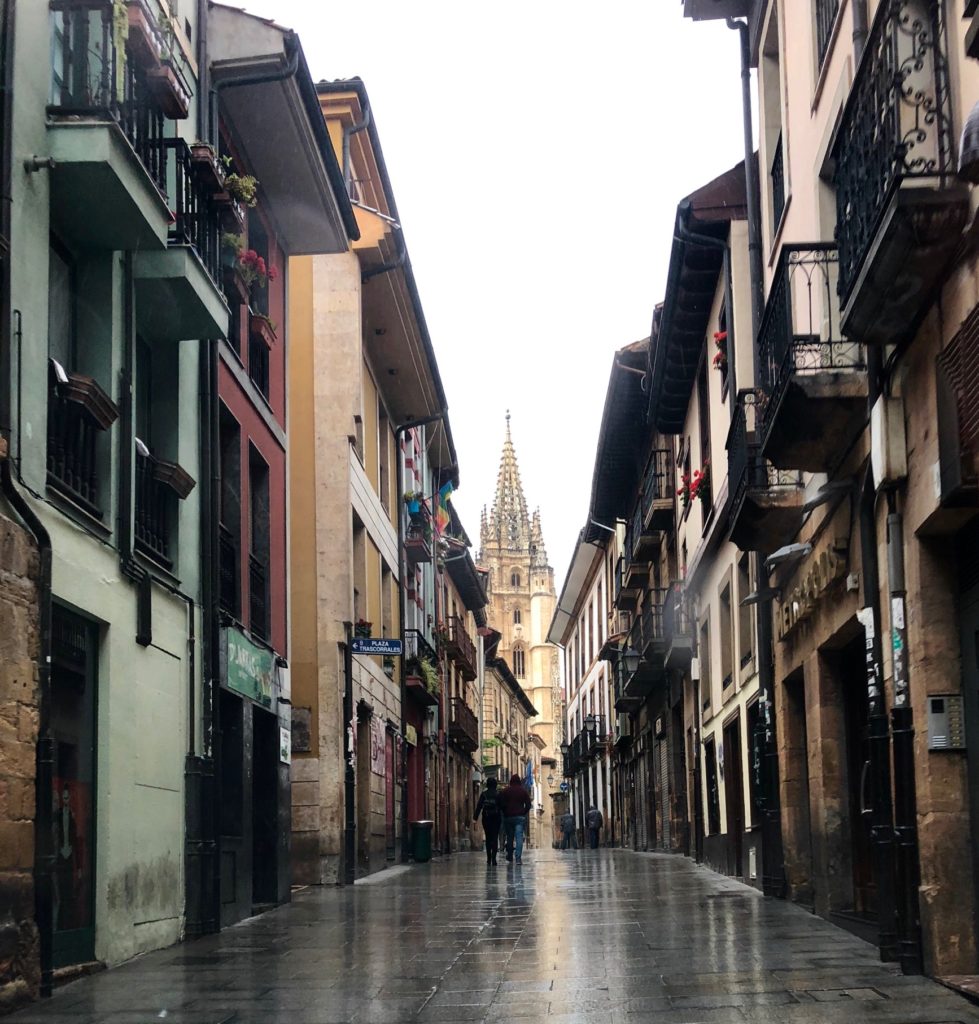
Regional specialties include more than 40 varieties of cheese, especially blue cheese. Cabrales is the best-known and has its own protected designation of origin, like many wines and Roquefort cheese. It is made from a blend of raw milk from cows, goats, and sheep, which gives it a sharper flavor. We did our part to boost local consumption! We met a dairy farmer and cheese producer in Cabrales who kindly showed us his operation, letting us watch his milking robot and bottle-feed some calves. Yes, the robot was weird, but certainly efficient.
Cider is a very big deal. Just about everyone in the countryside is growing apples, and it is all turned into a low-alcohol fermented cider. There are many colorful rituals around how to serve and drink cider. Bob liked the hoopla, as well as the beverage itself. Me: I’m sticking with beer.
The traditional rural villages are lovely, if sadly deserted. In a typical village there are maybe 30 houses of which perhaps two or three are inhabited, and a few more are occupied on weekends or just occasionally. The rest are sitting vacant.
In addition to the simple, lovely pre-Romanesque churches, Oviedo has a fine cathedral (begun in 1388 on the site of the previous pre-Romanesque cathedral founded in 781). We also crossed the mountains into Leon to see the beautiful cathedral there. On the way back from Asturias to Madrid we visited wonderful cathedrals in Burgos and Segovia.
We learned that Asturias was one of the last republican bastions of the Spanish civil war of the 1930s. As punishment, Asturias was called the “Province of Oviedo” during the fascist dictatorship of General Francisco Franco. It regained its traditional name when democracy was restored in Spain in 1977. Although Franco has been dead for more than 40 years, his legacy continues to be divisive. We would have liked to learn more about the issues, events, and passions which fomented the civil war, but couldn’t find a museum that handled the subject.
In Asturias, we satisfied our need to hike in beautiful places—along the coastline as well as in the mountains. In addition to the better known Picos de Europa National Park, there is absolutely terrific hiking in Asturias’s other mountainous natural parks. More than enough reason to return! We encountered very few tourists and after a few days, successfully bent our ear to the regional accent to be decent conversationalists.
Now
You may have read our earlier blog explaining the visa reasons why we are now spending three months in the UK, which was not part of the original plan but is absolutely delightful. We spent two great weeks visiting with wonderful friends (thanks Chris and Madeleine and Sachi and Quentin!), wandered around Dorset and Devon a bit, and are now a week and a half into a month-long stay in Hay-on-Wye, Wales. We’ll share reflections soon.
Last note: US politics are very present here, as is angst about Brexit, which is scheduled to happen next March but still has no clear road map. Many are worried that Brexit will be an economic disaster for the UK, and it threatens the hard-won agreements which brought peace in Northern Ireland. We heard an interesting Fresh Air podcast with The Guardian’s Carole Cadwalladr, whose 18-month investigation into Cambridge Analytica’s role in Brexit led her to Russian connections and the 2016 US presidential election. It’s worth a listen if you’re interested in learning more about that.


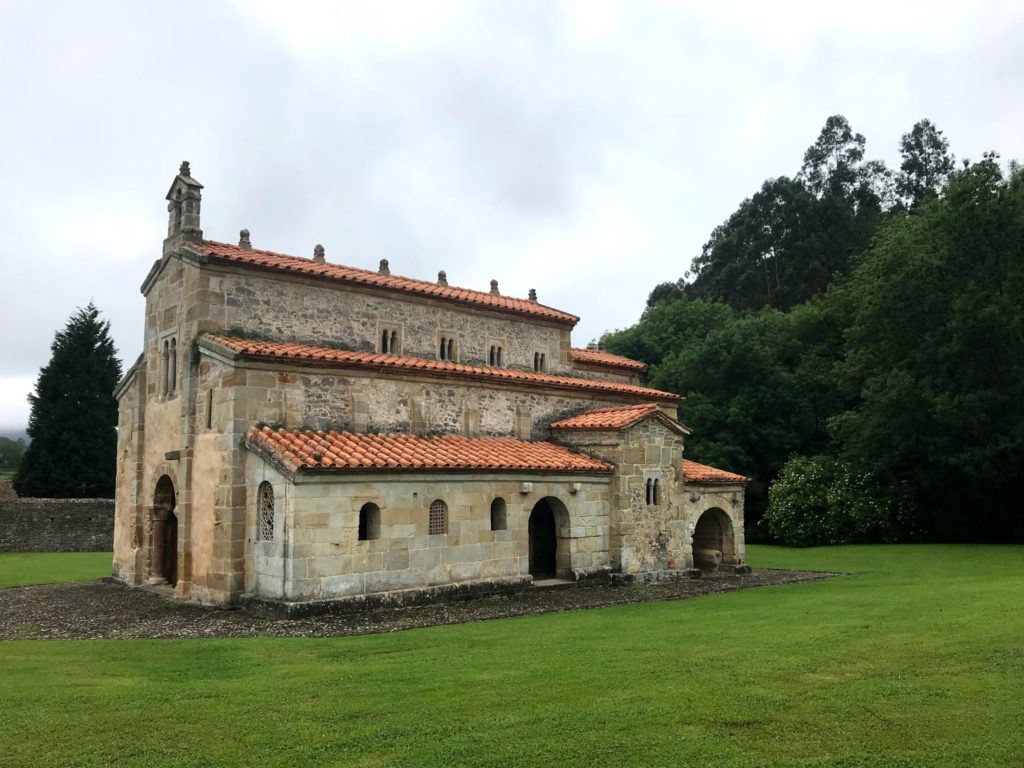
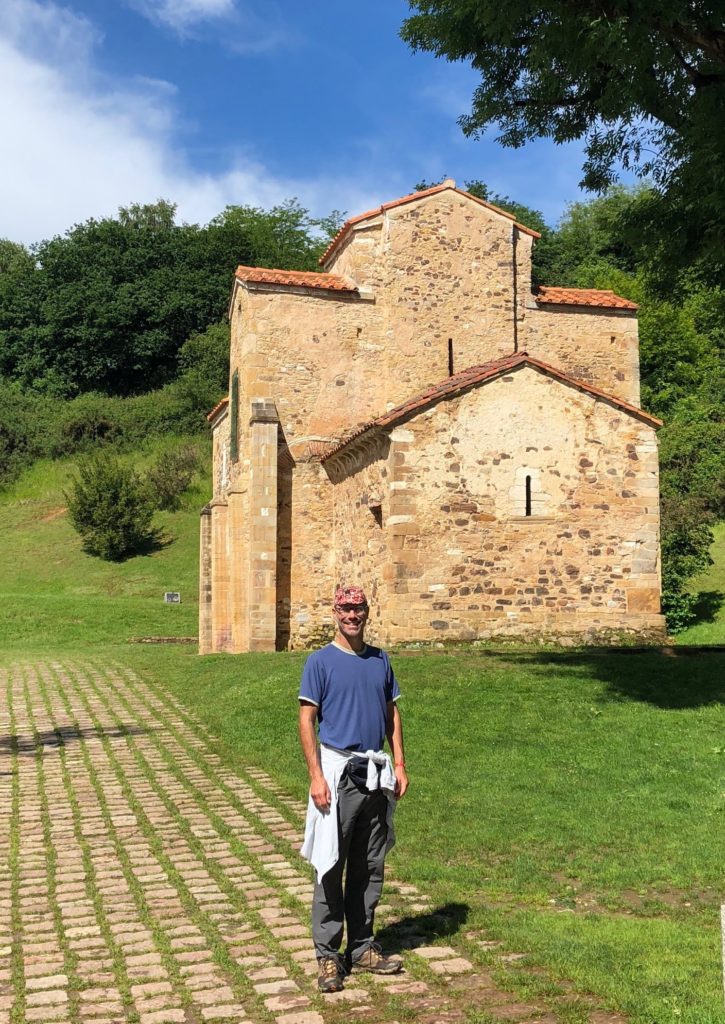
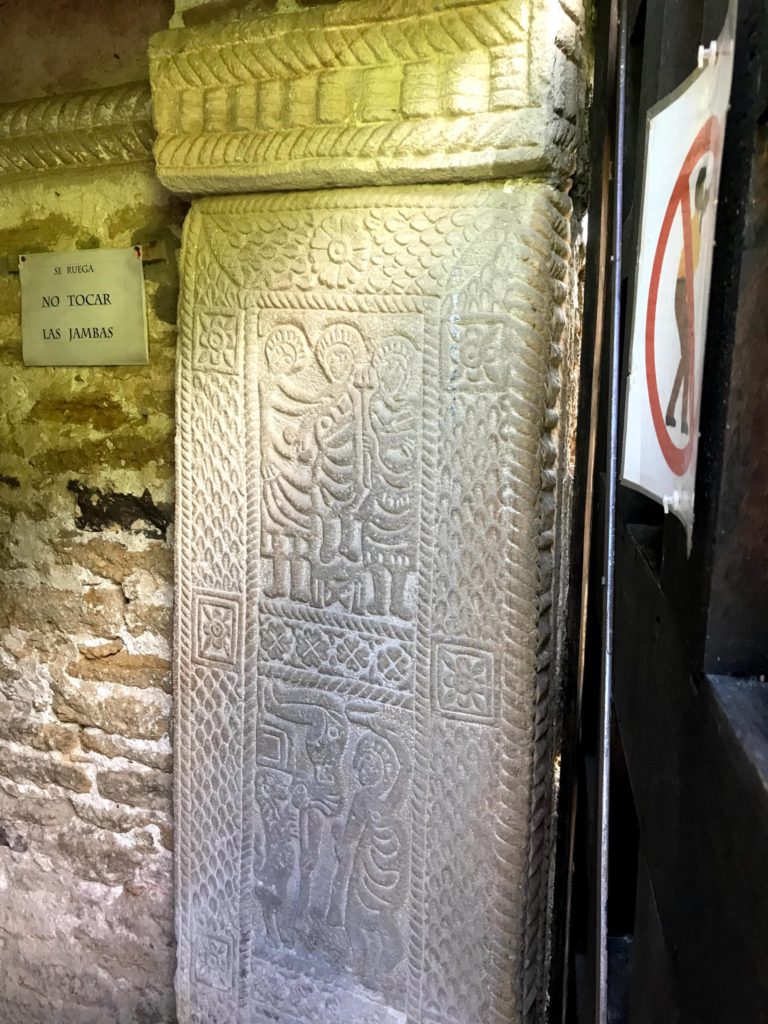

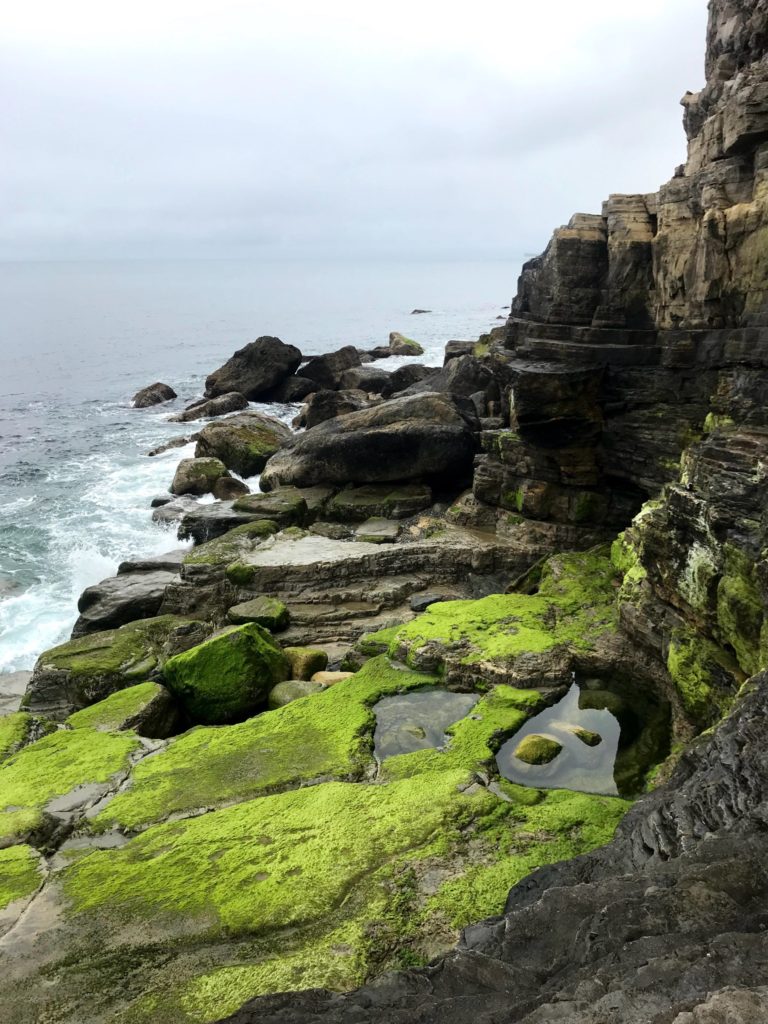




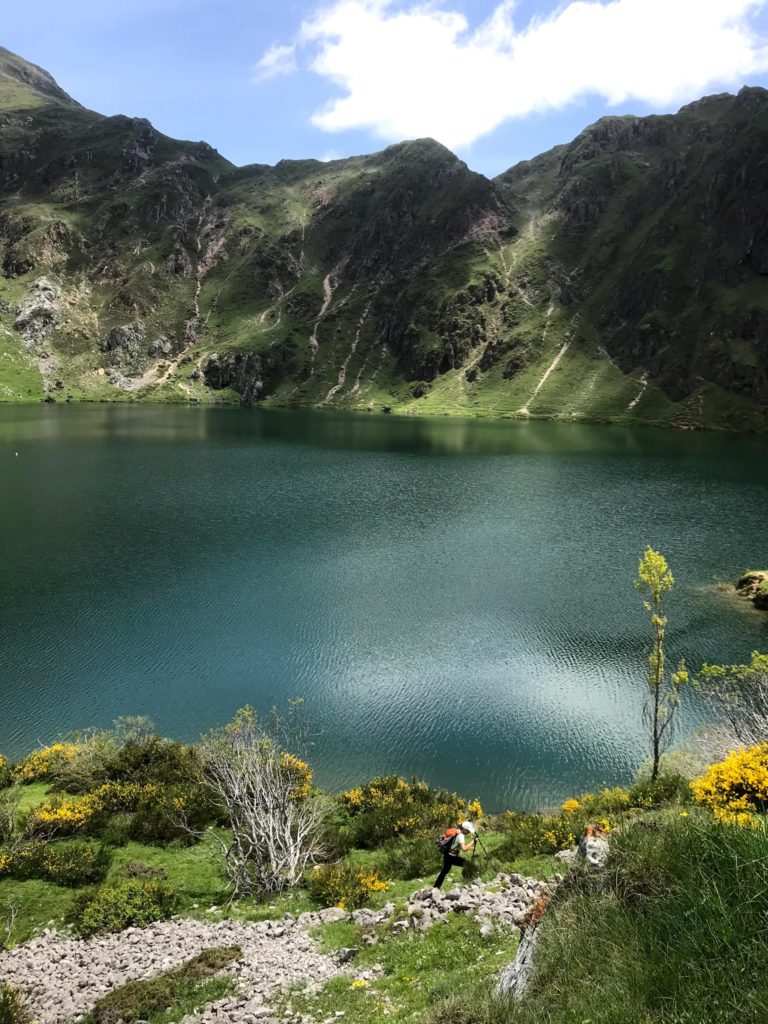







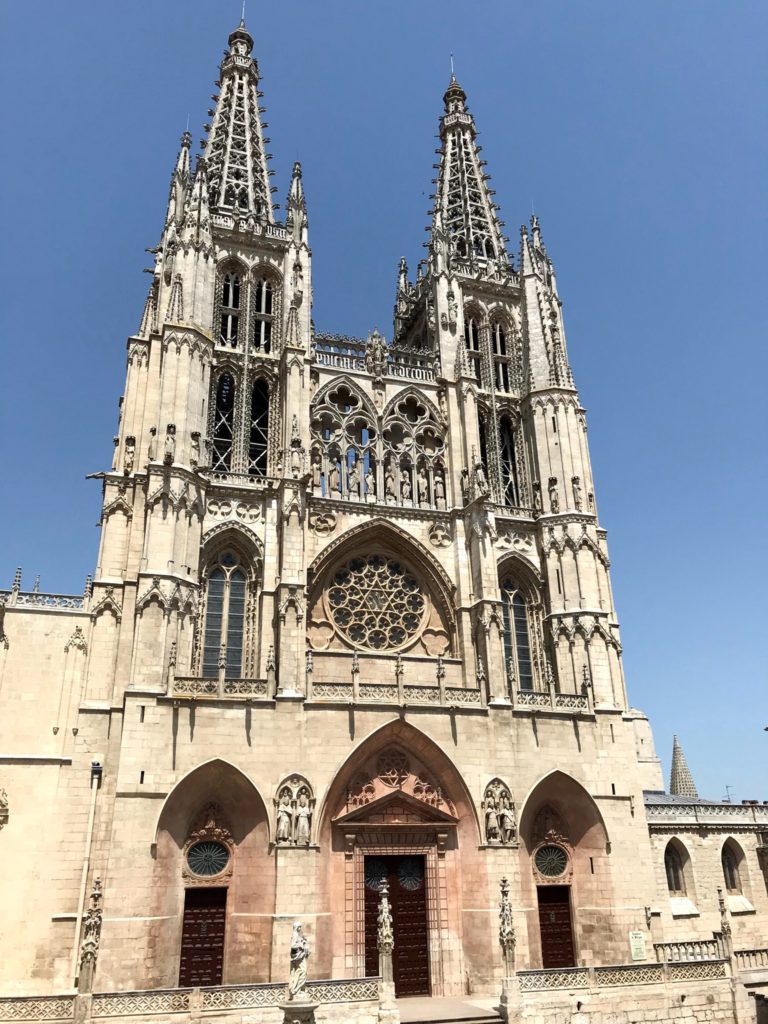
Thank you for such a lovely blog.
Museo Reina Sofia in Madrid has some interesting exhibits about the civil war. Unlike in the US, where the good guys won, in Spain it was the opposite, so all they had for ages was the Valle de Los Caidos. Post Franco, though, they are just now dealing with the deep divisions of the war and digging up mass graves.
Good point Ramon. We visited the Reina Sofia and saw Picasso’s magnificent Guernica and other pieces on the civil war. We also went to the town of Guernica, where self-governing communities met for hundreds of years to legislate for the whole of Biscay.
Gracias Bob y Lorrie por compartir todo lo de Asturias. Yo si había escuchado mucha mención a Asturias pero no sabia nada así es que me encanta leer los detalles que han compartido y mas que todo ver las fotos. Que lindo saber que también volvieron a visitar a Chris y Maddy. Sigan gozando de su gira y posteando en su blog. Todo lo que comparten es fascinante.
Abrazos de Leyda y Dana
Hola Leyda y Dana. Nos encantó Asturias y seguramente volveremos. Un mes fue muy poco tiempo! Vendréis a Europa este año? (Practicando a usar “vosotros”!) Abrazos.
Great blog post! Keep on travelling and posting!
Hi Craig. I’m in awe of your painting! It’s so great that you’ve jumped into it with both feet. I love seeing your work. Thanks!! Bob
It’s so great to get caught up with you! I wish we could have met up in Spain, but entertaining teenagers is a bit challenging. They were well satisfied with the beaches in Costa Brava, and since it was off-season I wasn’t too bothered by obnoxious tourists. (Being one myself.) Tim met up with us in Barcelona. Then I headed off with my sister in law to Paris and Stockholm. Fantastic trip. I am thinking we may have to return to Europe again next summer, while we still have kids to travel with . I’ll definitely check out the podcast you described. In return I’ll recommend a few recent episodes of ‘Trumpcast’ including ‘The Man Putin Singled Out’ (about Bill Browder, author of the global Magnitsky act). ‘The Pieces of the Muller Puzzle’ (July 19). And since this is the 100th year of the conclusion of WWI, I highly recommend the 6 part podcast “Blueprint for Armageddon’ which is my most reliable podcast recommendation. I really got into this one!